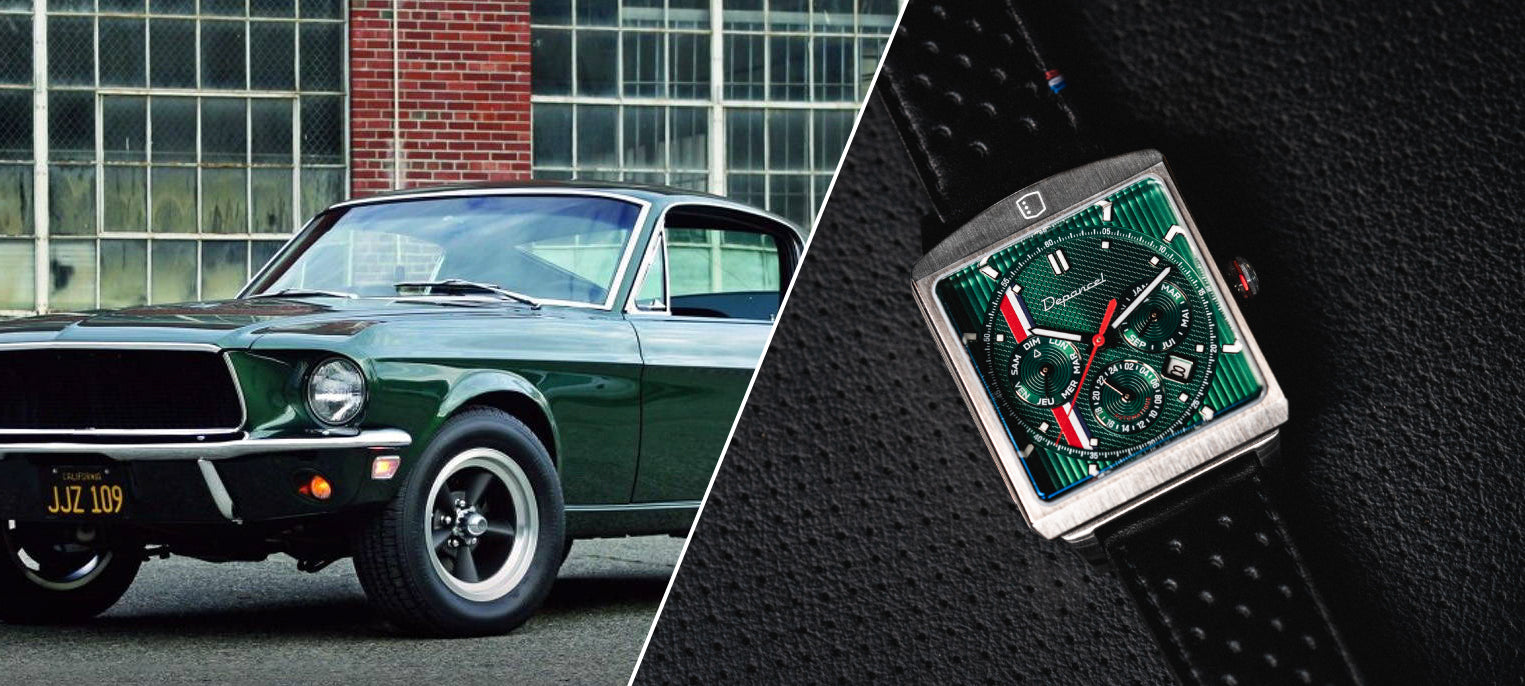The dial of a watch is often the element that will attract your attention first, the one that will determine whether you like the timepiece or not. In this sense, skeleton watches have something intriguing, let's find out together why .
First of all, what is a dial?

To put it simply, the dial is the surface which allows you to read the time and which is found inside the watch, under the glass and under the hands. In the watchmaking world, we say that it is the “face” of the watch.
The dial is generally round in shape, but it adapts to the case and can therefore become rectangular or square. It is flat in the majority of cases, but can also be curved (the hands then follow the curve) , openwork (to see the movement) or even have several levels to promote the readability of the different indications.
On a dial, we find the different information given by the movement such as hours, minutes, seconds, day, month, 24 hour display, etc. This different information is indicated using different measurement scales, graphic codes and numbers: the challenge for watchmakers is to make all these indications legible and aesthetic!
What is a skeleton movement?

In watchmaking, a skeleton movement is a watch movement in which certain parts such as the plate or the bridges are openworked in order to make the organs of the timepiece visible.
Skeleton watches don't have a dial?
Yes and no, for skeleton watches we talk about openwork dials or open dials. Here, it is no longer the design of the dial that is the center of attention, but the movement of your watch. Moreover, the term “skeleton” rightly refers to it. And since here it is the motor that counts, skeleton watches are generally equipped with even more reliable automatic movements.
Sometimes, the "skeletonization" can go further, beyond the dial, it is possible to find watches where all non-essential material has been removed, on the bridge, the plate, the gear train or any other mechanical part of the the watch.If the primary objective of a skeleton watch is to offer its owner the possibility of revealing the intimacy of the movement and its internal architecture, each brand generally adds an aesthetic dimension.
At Depancel, we chose, for example, to highlight the escapement, this famous regulating organ which gives its ticking to the watch but also the barrel spring in order to make it an indication of the power reserve, like a brake caliper. (In a nutshell, this highlighting of the barrel spring allows you to know where the reserve is: if the spring is tensioned the reserve is filled, conversely if the spring is relaxed the reserve is empty.)
The sportiest skeleton watch!

At Depancel, we are passionate about beautiful mechanics. It was therefore obvious for us to add a watch with an openwork dial to our collections. And for that, what could be better than the Série-P universe? Admiration for fine mechanics is the watchword in the world of car racing. The patterns of the Pista GT's semi-open dial are reminiscent of the design of a rim and its openwork hands let you admire without moderation a Swiss-Made STP 6-15 automatic movement. It was designed, assembled and controlled in Switzerland by enthusiasts, to offer you impeccable quality.
A one-of-a-kind Swiss-made skeleton watch, does that tempt you?



